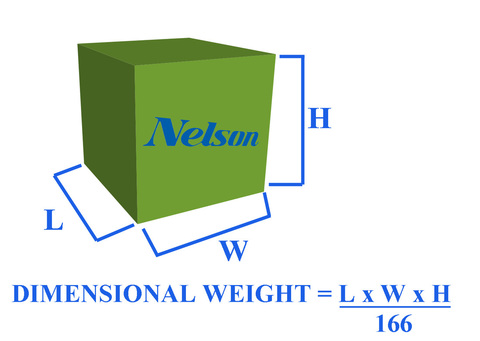|
Have you noticed a change in your LTL shipping charges? The methodology that LTL carriers are using to determine their rates is changing. This is in follow up to what the major parcel shippers (UPS and FedEx) have already done. Traditionally, LTL carriers based their rates on density and established different classes for different types of freight. LTL carriers also offer significant discounts from their base rate structures.
Going forward, LTL carriers are going to start charging based on dimensional weight, as this is a better representation of the volume that a shipper is using on a particular truck. So, what does that mean for you?
“Smart sized” packaging will become critical for all companies that ship LTL, especially for lighter weight unit loads. For example, a lightweight load that is being shipped via LTL – pillows, potato chips, ceiling tiles – may only weigh 500 pounds. If that unit load measures 48” x 40” x 94”, then its dimensional weight would be 1087 pounds (48 * 40 * 94 / 166). The shipper would then be paying LTL freight rates based on a dimensional weight of 1,087 pounds versus an actual weight of 500 pounds. Work with your packaging professionals and freight providers to come up with the best ways to ship your products in an LTL environment. Do you use LTL shipping? We want to know how. Let us know how this change going to affect you by commenting below. Post by: Rich Reiher, Vice President
2 Comments
|
Call Us: (410) 477-3000
Headquartered in Baltimore since 1918 Nelson Company is a trusted source for pallets & packaging materials.
NelsonCompany.com Is your packaging system costing more than it should? Find out how you can start saving with an analysis from Nelson Technical Center.
Our own web-based software for reverse distribution. Nelson-ART™ manages the entire life-cycle of your packaging assets.
|
Tech CenterThe Nelson Technical Center finds savings. Solutions for the design, supply and recovery of transport packaging.
(443) 649-1049 |
Wood SalesCustom wooden pallets and crates are our specialty. Ask us about wood manufacturing, repair and recycling.
(410) 477-3000 |
|





 RSS Feed
RSS Feed
